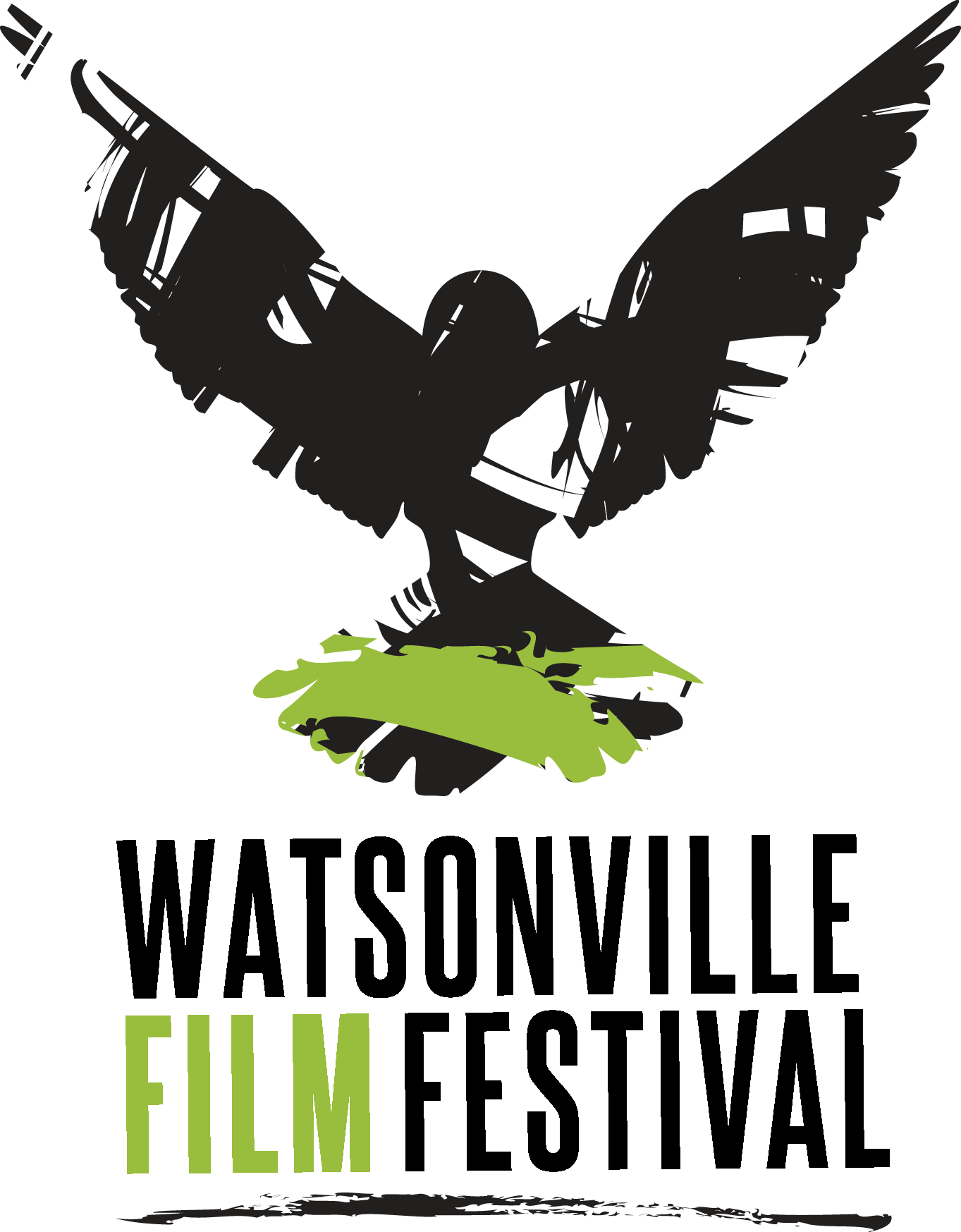Watsonville springs to life honoring the dead for Día de Los Muertos
Watsonville springs to life honoring the dead for Día de Los Muertos
Lookout Santa Cruz
By Wallace Baine, October 26, 2023
Traditional ceremonial dances from various localities in Mexico are a big part of Watsonville’s Día de Los Muertos celebration. Credit: Via Huve Rivas
A decade ago, it was incumbent upon anyone writing or talking about Día de Los Muertos, especially anyone addressing a primarily Anglo/white audience, to explain exactly what it is, and what it is not.
Today, talking about Día de Los Muertos is not such a heavy lift, thanks in large part to the celebrated 2017 Pixar animated film “Coco,” which put a humane and emotionally powerful story behind a revered Mexican cultural/spiritual tradition that goes back generations.
Unlike in years past, many people in the American mainstream now get that Día de Los Muertos (Day of the Dead), usually celebrated on Nov. 1 or 2, is not merely a Mexican-flavored Halloween, that it is, in fact, a more meaningful celebration of family and a festive and yet heartfelt remembrance of those who’ve passed on.
“In Spanish, we have a saying: When somebody dies, we say they just went ahead of us.” That’s how Consuelo Alba sums up the spirit of the holiday. Alba is the executive director of the Watsonville Film Festival and the leading organizer of Watsonville’s free annual Los Muertos celebration, to take place this year on Friday from 4 to 9 p.m. at the Watsonville Plaza.
The downtown celebration has been going on since 2017 — with an online-only event in the pandemic-lockdown year of 2020 — and it’s become part of the tradition of the event that it culminates in a free outdoor screening of “Coco,” in Spanish with English subtitles. The celebration will coincide with Watsonville’s weekly downtown farmers market.
The Los Muertos observance will also include live music and dance from groups such as Folklorico Olin, Raíces Mestizas, Mariachi Ilusión, Estrellas de Esperanza and White Hawk Aztec Dancers. Alba said that many of the dance performances to be shared are rooted deep in Mexican culture.
“The tradition of Day of The Dead is actually different in different [Mexican] states,” she said. “So we have two specific dances: One coming from Oaxaca, ‘Danza de Los Diablos.’ And people do this dance especially for Day of the Dead. A lot of people are not even familiar with this dance, because it’s very regional and very time-specific. And the other one is ‘Xantolo,’ from Veracruz.” The latter is an elaborate and colorful ritual designed to welcome the dead for their annual visit to the world of the living.
There will also be a Mercado de Muertos of locally produced art pieces and a “Catrina Catwalk,” celebrating the holiday’s most enduring icon, La Catrina, the ornately dressed skeleton, or calavera, that is the theme of a wide variety of costumes of men and women alike. Those attending are encouraged to come to the event dressed in their best calavera finery.
“Now, it’s a big thing. Everybody dresses for the occasion,” said Alba.
At the heart of the event are the many community altars, or ofrendas, a Día de Los Muertos household tradition during which families build altars in tributes to deceased loved ones. The mix of the solemn and the festive is the characteristic vibe of the event.
“It’s really important that people know this is not Mexican Halloween,” said Alba. “The essence of each is very different. Halloween is all about being scary and funny, and though Day of the Dead can be funny, too, they just come from different places. This is grounded in the traditions and the arts of Mexico and it’s now a legacy that we carry on, even though it keeps evolving.”
The Day of the Dead event in Watsonville represents a broad community collaboration among the Watsonville Film Festival, Hospice of Santa Cruz County, the County Office of Education and the Watsonville parks department. Adults, teens and kids all participate in the creation of flower headbands and sugar skulls.
A course of poached tuna belly with caper berries and pickled onion at a Lago di Como winemaker dinner. Credit: Via Reynaldo Barrioz
In addition to Friday’s event, Día de Los Muertos is also the focus of the latest exhibit at Pajaro Valley Arts in Watsonville. The new exhibit is part of the annual “Mi Casa Es Tu Casa” tradition at the PVA Gallery. Titled “Honoring Our Ancestors,” it features art inspired by Los Muertos. On Sunday from 1 to 3 p.m., a free opening reception at the gallery will feature many of the same performers who will participate in Friday’s event.
Meanwhile, in Santa Cruz, the Museum of Art & History is presenting its own Día de Los Muertos event Saturday at Evergreen Cemetery in co-sponsorship with the Santa Cruz arts and cultural organization Senderos. That free event will also feature live performances in the spirit of the holiday. The Evergreen celebration takes place from noon to 4 p.m. The MAH is also displaying a Día de Los Muertos community altar, on display free in the MAH’s atrium, through Nov. 5.
Consuelo Alba estimated that the 2022 Día de Los Muertos event at the Watsonville Plaza attracted about 1,500 people — and, of course, that number counts only living people. The spirit behind the observation is that the dead are present as well, at least in the hearts and minds of the living, as expressed in the ofrendas. Día de Los Muertos is a way to remember deceased loved ones in a context other than grief or pain, and that’s a ritual that many cultures around the world lack, said Alba.
“Mexico has given this gift to the world,” she said, “this way of embracing the cycle of life and death.”
Have something to say? Lookout welcomes letters to the editor, within our policies, from readers. Guidelines here.
(Photo Huve Rivas)
